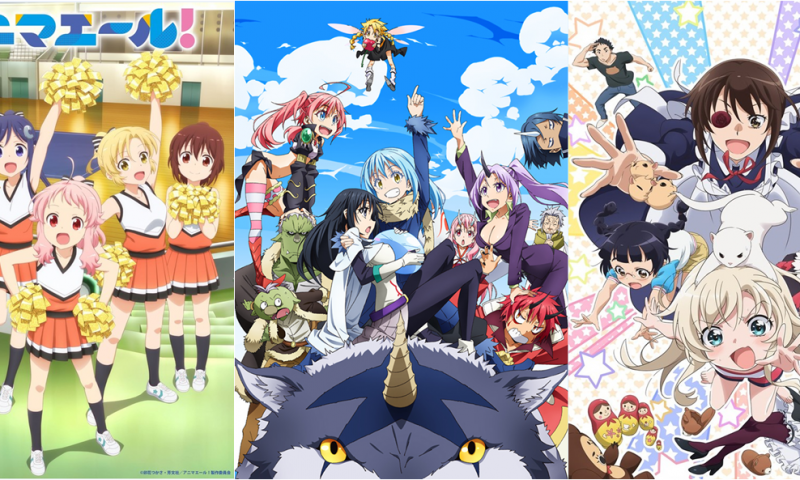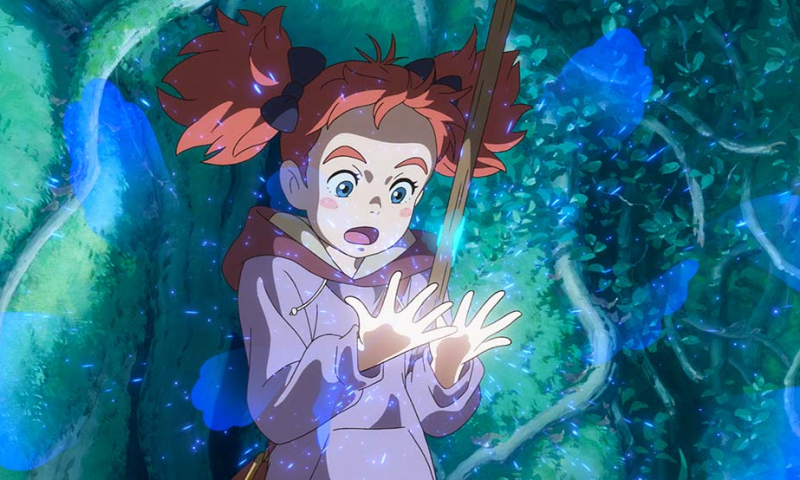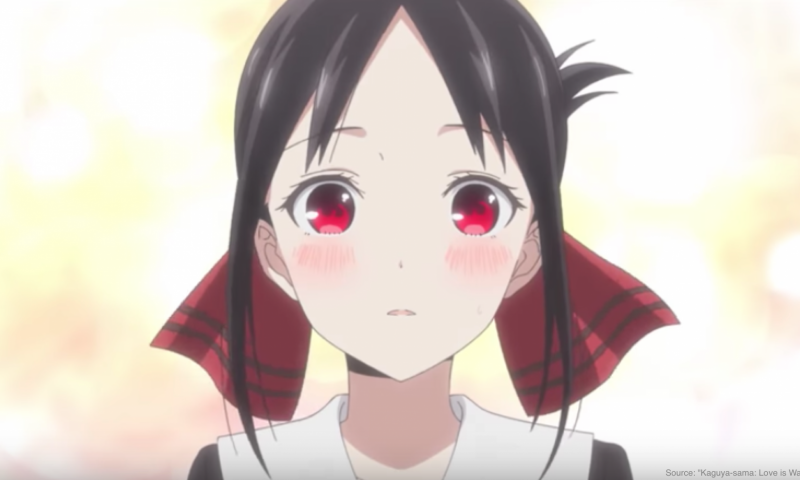
5 Anime Recommendations for 2019 Winter!
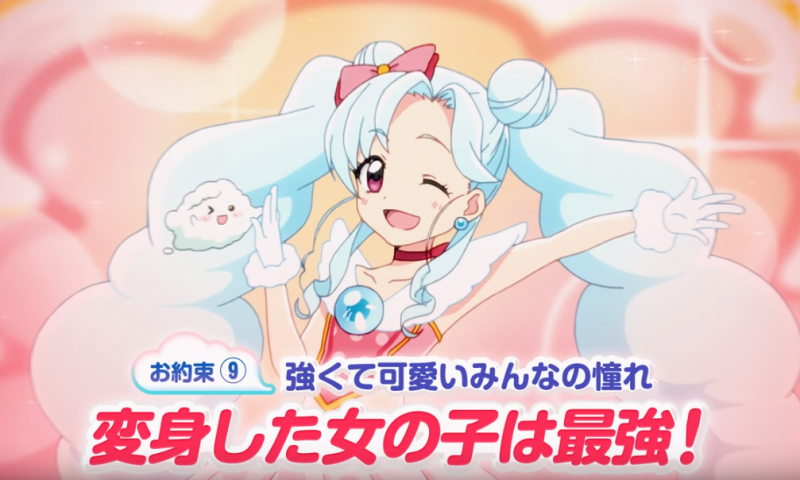
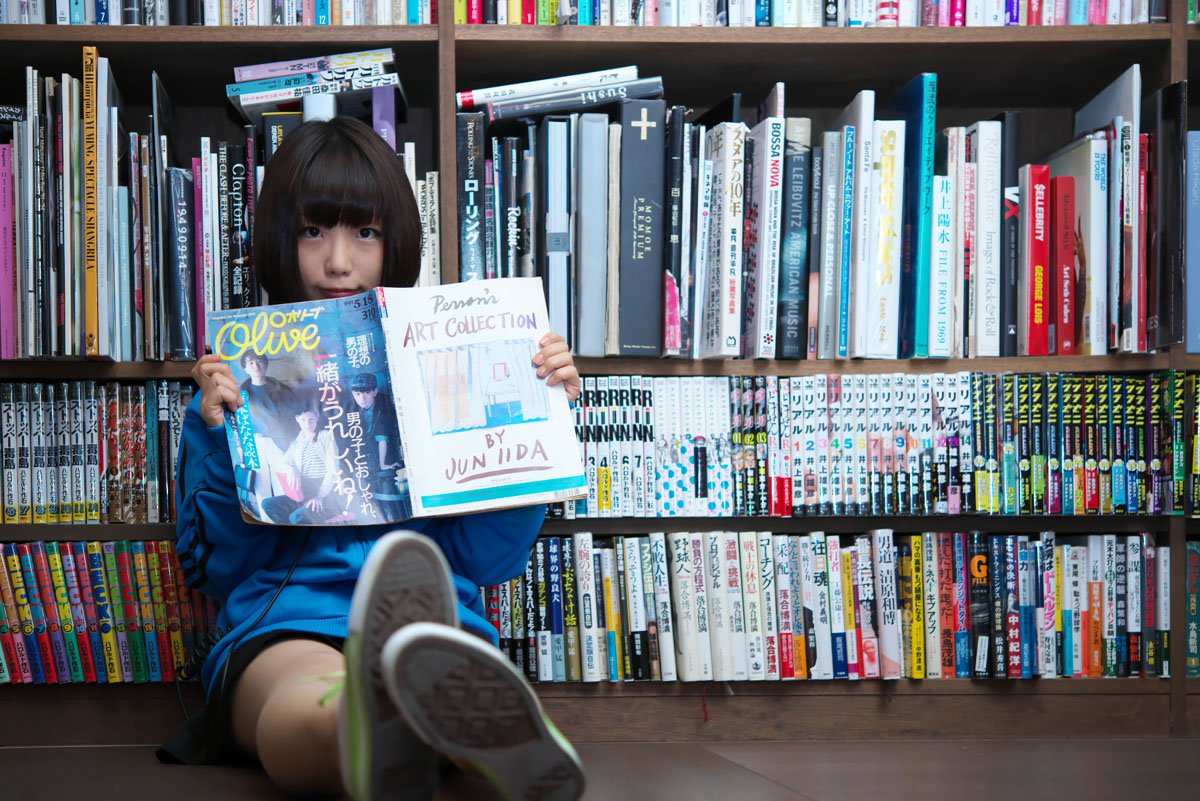
Sponsored Links
For the first volume of this series, we’re exploring the meaning of the word “subculture” unique to Japan. In the first part, two experts on the topic, Akio Nakamori and Sayawaka, came to give us their thoughts on comparing and contrasting subculture and otaku culture deeply rooted within it, as well as “the circumstances that brought opposition to otaku culture”, “subculture of the 90s”, and “the period background of otaku and subculture’s existence”. For this second part, we’ll mainly be hearing from Mr. Sayawaka on topics such as “the difference between otaku and subculture” and “the way subculture functions as a word to ridicule”.
日本独特の「サブカル」という言葉の意味を探る、当連載の1回目。前編では同テーマに詳しい中森明夫氏とさやわか氏のお2人にご登場頂き、サブカルと関係が深いオタクカルチャーとの対比をしつつ、「オタクとの対立の経緯」「90年代のサブカル」「オタク&サブカルチャー存立の時代的背景」についての考察を行った。後編では主にさやわか氏に「オタクカルチャーとの差異」「現状のオタクとサブカル」「揶揄する言葉としてサブカルが機能していること」などについて、話を聞いた。
Otaku isn’t a word that refers to a particular group of people, but the attitude towards a certain genre or work, such as “~ otaku”
オタクは特定の層を指す言葉ではなく、「○○オタク」のように、ジャンルや作品に対する「態度」のことを指している
With changing times and the evolution of technology, the otaku culture and subculture market spread. But what exactly is the difference between the two? Sayawaka, a critic claiming to be an “otaku king”, analyzes it like this, citing a statement from writer Toshio Okada,
時代の変化とテクノロジーの進化により、市場が広がって行ったオタクカルチャーとサブカルチャー。ではこの2つの差異とは、一体何なのだろうか。さやわか氏は“オタキング”を自ら名乗る評論家、文筆家の岡田斗司夫の言説を引用し、こう分析する。
“At the time when Evangelion was deemed part of subculture, Mr. Okada held the attitude that , ‘Fundamentally, otaku and subculture are different.’ He defined ‘otaku’ as giving value to things that did not originally have value. In short, he proposed the idea that originally works of otaku culture such as anime or manga did not have any value, however we otaku, as an audience were able to realize the skills of creators upon going out of our way to view them. On the other hand, as I previously mentioned, subculture is a culture where “all contents have equal value, and its expressive techniques are shown”.
「岡田さんはエヴァがサブカルとして評価された当時、『オタクはサブカルの一部ではないんだ、オタクは元々サブカルとは違う』という態度でした。彼はオタクというものを『本来価値のないものに価値を与えるもの』と定義したんです。つまりアニメやマンガなどのオタクカルチャーの作品には元々価値がないんだけど、あえてそれを観て、職人(クリエーター)の技に気づくことのできる我々オタクは鑑賞者としてすごいんだ、という考え方でした。一方、サブカルはさっき話したように『コンテンツは等価値で、その表現技法を見せる』文化です」
“However, this understanding of otaku culture that Mr. Okada advocated collapsed in 2003,” says Sayawaka, and goes on to explain otaku culture and subculture from the year 2000 onward.
その上でさやわか氏は「でもこの岡田さんが提唱したオタクカルチャーの捉え方は、2003年で破綻を迎えます」と、2000年代以降のオタクカルチャーとサブカルチャーについて、説明を続ける。
“The first chapter of writer and thinker Hiroki Azuma’s 2001 work Doboutsuka suru Posuto Modan – Otaku kara Mita Nihon Shakai (Kodansha Gendai Shinsho) was a criticism of Mr. Okada, and it was written that instead of the otaku snobbishness of ‘daring to presume (something)’, it would be better to look at things from a pragmatic or animalistic perspective. And in fact in that same vein, content like ‘it’s okay if girls are cute, and become objects of infatuation’ or ‘I cried!’ then went on to become popular. Furthermore in 2004, Otaku: Personality = Space = City was exhibited at the Ninth Venice Biennale International Architecture Exhibition, and from the large online forum 2Chan, the book Densha Otoko was penned and became a hit. This gave rise to the so-called Akiba boom (a movement that focused on Akihabara as the otaku holy land), and it was at that time that otaku culture became successful, and good points about otaku culture, ‘such as the charm of anime, manga, light novels, and other genres’, became generally accepted. However, I think that part is mistaken, and what was amazing was the the attitude towards consumption, and not toward the genres themselves. My point being that otaku was no longer a word refering to a tribe (a family or a particular group) like Mr. Okada had expressed. We can see where the expression “(something) otaku” began to spread, like with anime otaku, idol otaku, or train otaku, with otaku refering to the “attitude” of the recipient, and not the genre or content itself. Although this hadn’t changed from Mr. Okada’s era, it was during this time it accelerated and ‘otaku’ became just a kind of label people stuck on, much like a tag on a YouTube videos. Simply put, the age of the otaku as a tribe had come to an end. And due to how big the idea of subculture existing as a virtual enemy of otaku since the 90s was, after otaku were no longer a tribe, the popular meaning of subculture from the 90s inevitably crumbled.”
「作家、思想家である東浩紀さんの2001年の単著『動物化するポストモダン―オタクから見た日本社会』(講談社現代新書)の第一章は岡田さんの批判になっていて、オタクには『あえて○○する』というスノビズムが必須ではなく、これからはもっと即物的、動物的に判断するようになるだろう、と書いてるんですね。実際にそれは当たって、『女の子が可愛ければいいじゃん、萌えるし』とか『泣ける!』みたいなコンテンツがその後に流行って行くんです。さらに2004年には『ヴェネツィア・ビエンナーレ第9回国際建築展』で『おたく:人格=空間=都市』が出展されたり、ネットの大型掲示板・2ちゃんねるから生まれたラブストーリー『電車男』が書籍化され、ブームになります。いわゆるアキバブーム(オタクの聖地とされる秋葉原を中心としたムーブメント)が巻き起こり、オタクカルチャーが盛況になった当時、オタクカルチャーの良さは『アニメやマンガやライトノベルなどのジャンルそのものに魅力がある』と、一般的には捉えられていました。が、それは間違いで、ジャンルではなく、それを消費する態度がすごかったんだと、僕は考えています。要はオタクは岡田さんが示したようなトライブ(族。特定の集団)を指す言葉ではなくなっていたと。アニメオタク、アイドルオタク、鉄道オタクという具合に、○○オタクという言い方が浸透して行ったことからも分かる通り、オタクというのはジャンルやコンテンツに対する、受け手の『態度』のことを指しているんです。それは岡田さんの時代から変わらなかったんだけれども、この時期からそれがさらに加速していってしまって、単にYouTubeの動画に貼るタグみたいに、『オタク』というラベルを自らに貼ってるだけになった。つまり、ここでトライブとしてのオタクの時代は終わったんです。そして90年代以降の『サブカル』はオタクの仮想敵として存在しているところが大きかったから、オタクがトライブではなくなった時点で、90年代以降の通俗的なサブカルの意味は必然的に崩れて行きました」
Sayawaka: “Even main culture, if understood through the lens of subculture, becomes subculture.”
さやわか「メインカルチャーでさえ、サブカル的な捉え方をすれば、サブカルになる」
Otaku, which had once been refered to as a tribe, actually meant “attitude” instead, points out Sayawaka. So then what does the word for subculture presently mean?
トライブだったとされて来たオタクが実は「態度」のことを意味していた、と指摘するさやわか氏。ではサブカルは現状、何を意味している言葉なのだろうか。
“Since the Akiba boom, manga, anime, and other genres conventionally seen as otaku content now have the tendency to be lumped together with and seen as subculture. So for example, when a young person writes on their Twitter profile that they ‘like subculture’ they’ll list off anime titles, without perceiving a difference between otaku and subculture. The only people that believe there is a difference between the two are those who are older, that cannot go along with the younger generation and are still convinced that subculture and otaku are tribes. And since before we described subculture as a culture where ‘all content is regarded as having value, and shows a selective sense or expressive representation’, even appearing in main culture in television, newspapers, and major media, if understood through the lens of subculture, it would become subculture. For instance, since 2004 with Quick Japan, while it featured variety shows, celebrities, and idols, it was not limited to performers only, and it began to include interviews with creative staff, and while its approach was like that of a conventional subculture magazine, what it was really dealing with from the start was main culture.”
「アキバブーム以降は、従来オタクコンテンツとして見られて来たマンガ、アニメなどのジャンルも、一般的には一括して『サブカルチャー』として見られる風潮が高まりました。だから今の若者は、例えばTwitterのプロフィールに『サブカル好き』と書きながらアニメのタイトルを羅列していたりするように、オタクとサブカルに差異なんて感じていないんですよ。そこに差異があると考えているのは、それより上の、若い世代について行けていけず、いまだにオタクやサブカルをトライブだと思い込んでいる人たちだけ。そしてサブカルは前述したように『全てのコンテンツに価値があると捉え、その選択のセンスや表現技法を見せる』文化として拡散してしまったのだから、テレビや新聞などのメジャーな媒体で展開されるメインカルチャーでさえ、サブカル的な捉え方をすれば、サブカルになってしまった。例えば『クイックジャパン』が2004年以降、バラエティー番組や芸人やアイドルの特集を組むようになるんですが、演者だけでなくクリエイティブに関わるスタッフにもインタビューするといったように、アプローチは従来の同誌通りサブカル的なんだけど、扱っているのはそもそもメインカルチャーですよね」
“Subculture” also functions as a word to ridicule idol otaku
「サブカル」がアイドルオタクを揶揄する言葉として機能している
Otaku is “attitude”, while subculture is “expressive representation”. We’ve come to see the present meanings of both words. However, for writers that have a career writing about the idol industry, there is something else to take note of. For the past few years, “subculture” has been used as a word among idol otaku to ridicule other idol otaku. Sayawaka proposes that, “It’s the selfish attitude of fans.”
オタクは“態度”、サブカルは“表現技法”。2つの言葉の現状の意味が見えて来た。しかし、アイドルジャンルを専門としてライター業を行っている筆者にとって、もうひとつ、気になることがある。それはここ数年、アイドルオタクたちの間で「サブカル」が、同じアイドルオタクを揶揄する言葉として機能していることだ。さやわか氏は「それはファンのわがままですよね」と提言する。
“Idol otaku involved in the scene are always saying, ‘Once you go, you’ll understand,’ in response to not wanting what subculture people say about this and that in media and online to become mainstream, or in other words, are afraid that it goes against their personality of immersing themselves in the scene. But idol is a ‘a profession where you get people to love you’, so it would seem pragmatic that while attemping to analyze the lyrics, or while dealing with social commentary, from the perspective of the idol, anything should be okay. Even if now there is diversification on the form of ‘love’, it’s an accepting culture that forgives. Although I can’t bring myself to say the otaku in s way of thinking is selfish and therefore bad, although there are things you won’t know until you check out the scene for yourself, on the other hand, there are also things you might not understand unless you don’t.”
「現場派のアイドルオタクが『行けば分かる』とばかり言うのは、「サブカル」の人たちがメディアやネット上であれこれ語るのをメインにされたくないわけで、つまりそれは自分の没入性が否定されるのを恐れるからですよね。でもアイドルは『人に好きになって貰う職業』なんだから、即物的だろうが、歌詞を分析していようが、社会批評として扱おうが、アイドル側からすれば全部OKなはずなんです。今は『好き』の形が多様化していても、それを許してくれるカルチャーが受けている。現場派のオタクの考え方はわがままだからダメ、とまでは思わないけど、現場に行かないと分からないこともある反面、行かないことでしか分からないこともありますよね」
Additionally Nakamori points out, “But those that are younger, they don’t pay attention to subculture being used as an insult, nor do they care. Only the older generation makes a fuss. Like prohibiting mixes at rock festivals, or other reminders like that.”
また中森氏は「若い連中にとってはサブカルが悪口であることすら気にしていないし、どうでもいいと思っている。上の世代がうるさいだけ。ロックフェスでMIXを禁止にしたりとかは、その名残だよね」と指摘する。
“The clash between ‘otaku vs. subculture’ is now just a thing of the past. And if you first look at it from abroad, you might not find much difference between either, and consider both a part of so-called ‘Cool Japan’. I think it’s good to present this kind of context, as well as knowing the meaning of what these words have evolved into, as one way of enjoying each culture. From now on, taking on the title of ‘next subculture leader’, I want to continue watching over the scene.”
「オタクVSサブカル」の対立は、もはや過去のものでしかない。しかしそもそも海外から見れば、オタクカルチャーもサブカルチャーも大した差はなく、どちらもいわゆる「クールジャパン」として括られるものとしか見えていないのかもしれない。ただこうした文脈や、進化して行く言葉の意味を知ることは、それぞれのカルチャーの楽しみ方のひとつとして、提示しても良いだろう。これからも「ネクストサブカルリーダー」を名乗るものとして、シーンを見守って行きたいと思う。
Akio Nakamori
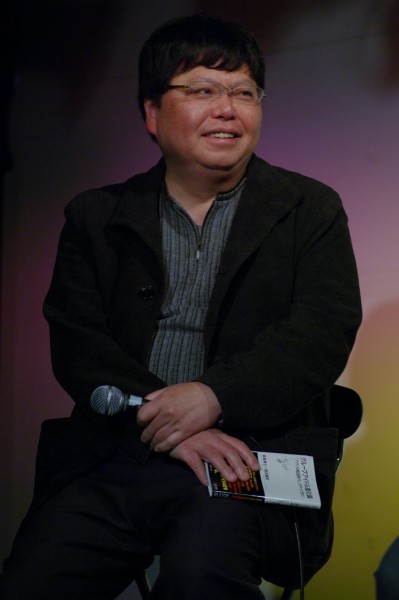
Writer and idol critic. Born in Mie prefecture. Started working in a variety of media from the 1980s. His literary works include Idol Nippon, Tokyo Tongari Kids, Gozen 32ji no Nonen Rena”, the co-authored AKB48 Hakunetsu Ronsou, and others. His novel Anarchy in the JP was nominated for the Yukio Mishima Prize.
https://twitter.com/a_i_jp
中森明夫(なかもり・あきお)
作家/アイドル評論家。三重県生まれ。1980年代から多彩なメディアで活動する。著書に『アイドルにっぽん』『東京トンガリキッズ』『午前32時の能年玲奈』、共著に『AKB48白熱論争』等。小説『アナーキー・イン・ザ・JP』が三島由紀夫賞候補となる。
https://twitter.com/a_i_jp
Sayawaka
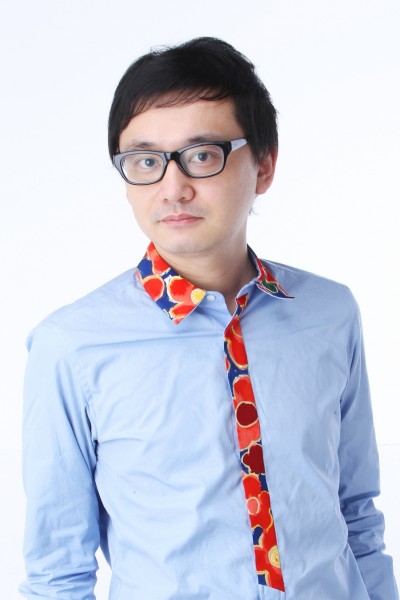
Writer, critic
Born in Hokkaido in 1974. After graduating from college and later gaining experience working in the music and publishing industries, he started his career as a writer. From 2007 he has written many critiques which have transversed a wide range of cultural genres and have appeared in Eureka, Quick Japan, The Asahi Shimbun, etc. In 2012 he published his first book, Bokutachi no Game Shi (Sekaisha Shinsho), and his presentation of the 30 year history of computer games from his own original context was highly praised. With his work AKB Shoho to wa Nan datta no ka (Taisho Tosho) in 2013, he designed a new idol formula through chart analysis and an overabundance of affection. According to younger people who were touched by the pop culture transformation from the new millenium, this work is the first comprehensive modern culture theory of its kind.
https://twitter.com/someru
さやわか
ライター、評論家。
1974年北海道生まれ。大学卒業後、音楽業界・出版業界での会社勤務を経験したのち、ライターとして執筆活動を開始。07年以降は『ユリイカ』『クイック・ジャパン』『朝日新聞』などを舞台に、幅広い文化ジャンルについて横断的に評論を行う。12年、初の単著『僕たちのゲーム史』(星海社新書)を上梓、独自の文脈でコンピューターゲームの30年史を提示し絶賛を浴びる。13年の『AKB商法とは何だったのか』(大洋図書)では、チャート分析とあり余る愛情で新たなアイドル論をうち立てた。本書はゼロ年代以降のポップカルチャーの変容を肌身で感じてきた著者による、初めての総合的な現代文化論である。
https://twitter.com/someru
Shinshi Okajima
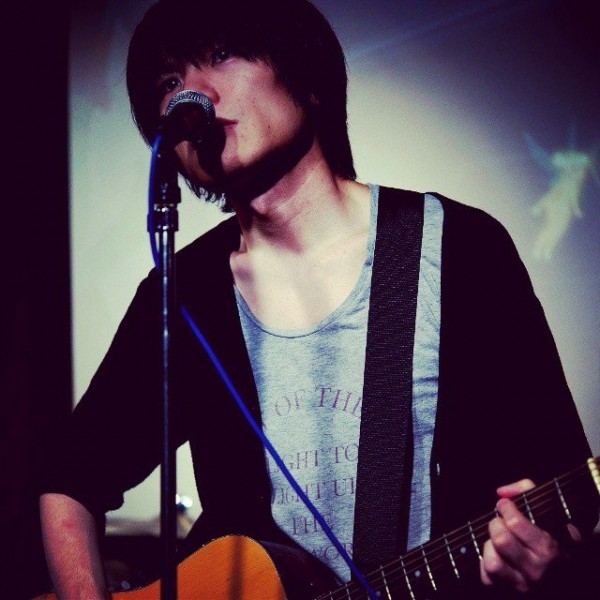
Born in 1980. Professional idol writer. His works include the co-authored Group Idol Shinka Ron, AKB48 Saikyo Kousatsu, Idol 10 Nen Shi, Idol Gakkyoku Disc Guide, and others. He was an advisor of the Saitama prefecture-sponsored Media/Idol Museum, and was head of all nine programs during the exhibition period and event MC. He has worked on the production and management of idol culture web site and DVD magazine, IDOL NEWSING.
https://twitter.com/ok_jm
http://idolnewsing.com/
岡島紳士(おかじま・しんし)
1980年生まれ。アイドル専門ライター。著書、共著に「グループアイドル進化論」「AKB48最強考察」「アイドル10年史」「アイドル楽曲ディスクガイド」など。埼玉県主催「メディア/アイドルミュージアム」のアドバイザーと、会期中に行われた全9回の番組&イベントMCを担当。アイドルカルチャーサイト&DVDマガジン「IDOL NEWSING(アイドルニューシング)」の制作・運営を手掛けている。
https://twitter.com/ok_jm
http://idolnewsing.com/
The cover picture
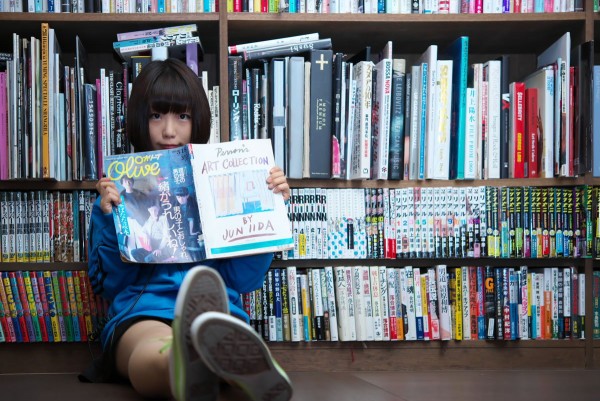
美由 (Miyu) / IDOL NEWSING GRAVURE #01_full -IDOL NEWSING http://idolnewsing.com/eventreport/6057
Translated by Jami Koide
Sponsored Links
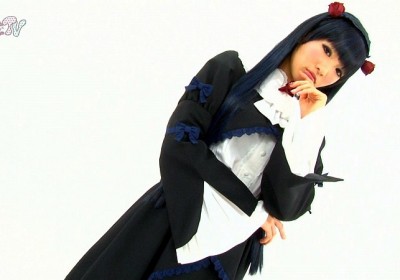
[Exclusive Program] Tokyo GIrls’ Update TV #006 : SBY in Shibuya109 & Pikarin’s Cosplay

Chisato Okai (℃-ute) Interview Part 1 Supported by Tokyo Idol Project!


